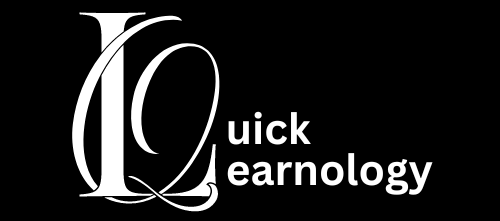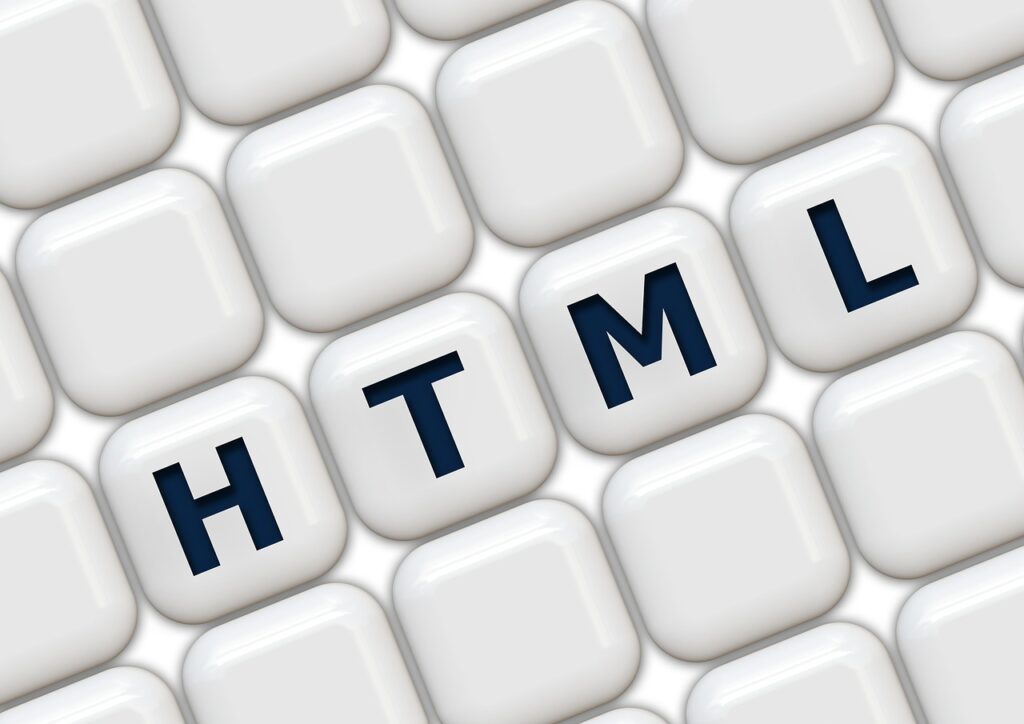1. What is HTML? HTML stands for Hypertext Markup Language.?
– It is a Hypertext standard markup language (HTML) used to create web pages and other information that can be displayed in a web browser.
2.What are the different versions of HTML?
-The different versions of HTML are HTML 1.0, HTML 2.0, HTML 3.2, HTML 4.01, XHTML 1.0, HTML5.
3. What is the difference between HTML and XHTML?
– HTML is a markup language used to create web pages, while XHTML is a reformulation of HTML using XML syntax.
4. What are the basic elements of HTML?
-The basic elements of HTML are tags, attributes, and values.
5. What is the syntax for adding comments in HTML?
-The syntax for adding comments in HTML is <!– comment goes here –>
6. What is the difference between <div> and <span> in HTML?
– <div> is a block-level element used for grouping larger elements, while <span> is an inline element used for grouping smaller elements.
7. What is the difference between <em> and <strong> in HTML?
– <em> is used to emphasize text, while <strong> is used to indicate strong importance or emphasis.
8. How do you link a CSS file to an HTML file?
-You can link a CSS file to an HTML file using the <link> tag in the head section of the HTML file.
9. What is the purpose of the alt attribute in an image tag?
–The alt attribute in an image tag is used to provide alternative text for an image, which is displayed if the image cannot be loaded or if the user is using a screen reader.
10. What is the difference between an absolute URL and a relative URL?
-An absolute URL includes the full path to a resource, while a relative URL only includes the path relative to the current document.
11. What is the difference between the GET and POST methods in HTML forms?
-The GET method is used to retrieve data from a server, while the POST method is used to send data to a server.
12.What is semantic HTML and why is it important?
-Semantic HTML is the use of HTML markup to reinforce the meaning of the content on a web page. It is important because it helps search engines understand the content of a web page and improves accessibility for users with disabilities.
13.What is the difference between a block element and an inline element ?
– A block element takes up the full width available and creates a new line after the element, while an inline element only takes up the width required and does not create a new line.
14.What is the difference between a div and a section tag?
– A <div> tag is a generic container for grouping elements, while a <section> tag is used for grouping related content on a web page.
15.What are data attributes in HTML?
-Data attributes are custom attributes that can be added to HTML elements to store extra information
16.What is the purpose of the meta tag in HTML?
-The meta tag is used to provide metadata about an HTML document, such as the author, description, keywords, and viewport.
17. What is the difference between a website and a web application?
-A website is a collection of static pages that provide information, while a web application is a dynamic application that allows users to interact with data and perform actions.
18.How do you make a webpage responsive?
-You can make a webpage responsive by using a responsive design that adapts to different screen sizes and resolutions, using media queries, and using flexible layouts and images.
19. How do you validate an HTML document?
-You can validate an HTML document by using a validator tool such as the W3C Markup Validation Services.


